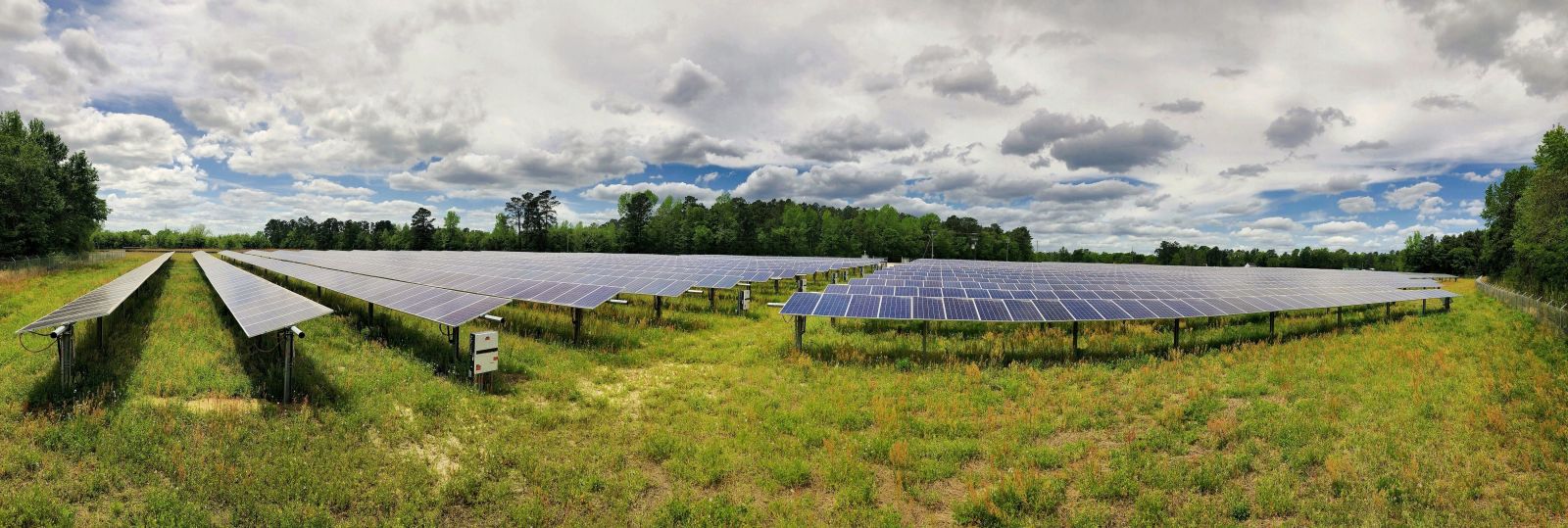Solar Project Bottlenecks Starting to Ease
In the midst of widespread uncertainty across the globe from COVID-19, the solar supply chain is finding its way. During the shelter-in-place period, we struggled to set up our homes as an office space, virtual classroom, and perhaps an in-house gym. We held numerous conference calls with solar stakeholders sitting adjacent to middle schoolers in algebra class. Not necessarily ideal for productivity, but we were all in the same boat as we adapted to the temporary reality. Solar project developers faced some short-term bottlenecks, but are learning from their experiences.
Teams that have remained actively engaged throughout this period have done so, in part, by the inclusion of solar in the federal definition of a critical infrastructure business. Typically, long lead times are a curse for large-scale project development, creating some uncertainty in budgeting and forecasting. During this pandemic, however, this is a silver lining. Project developers are familiar with lumpy revenue projections, prudently building in buffers to forecasts to account for potential delays. Early stage project pipelines were most at risk for delays, due to the in-person nature of early stage development. However, projects farther along continued to check boxes through the development cycle. As sheltering restrictions ease, the industry is seeing several steps in the development process return to a healthy pace.
On the interconnection front, activity remained fairly consistent over the past three months. Utilities were deemed essential both on the federal level and in numerous states. Developers in New York received notices that some interconnection payments could be deferred by weeks to account for delays in moving to remote office operations. After a brief slowdown in communications, the normal response rates resumed for projects that were already in queue. In general, utility contacts adapted well to the new working environment and were proactive in mitigating potential bottlenecks. For example, utilities began to offer virtual solutions, such as virtual site visits to keep projects moving through the queue. Today, interconnection deposits for late stage projects have resumed, allowing early stage due diligence (such as capacity screens) to continue at prospective sites.
Utilities and Financing remained active throughout, while Permitting most impacted by sheltering mandates
Permitting offices experienced the same brief slowdown that many dealt with at the early stages of the pandemic. Slow responses and aversion to change stalled an efficient pivot to working from the home office. As a result, the shelter-in-place mandates had a greater long-term impact on permitting entities or Authorities Having Jurisdiction (AHJs), especially in areas that saw a higher rate of infection. Permitting was the main bottleneck throughout the three-month period, as public hearings were on hold. Eventually, some AHJs adopted technologies that aided working from home, helping to slowly regain contact with administrators in this process. Some AHJs in New York and Maine have recently re-opened, allowing developers to schedule projects into monthly public hearings. The COVID 19 situation has provided learning opportunities that support the standardization and virtualization of the permitting process at AHJs, which could ultimately help lower soft costs.
 The financing machinery for NTP projects offered a somewhat mixed outlook. Sales of portfolios have been completed, and development assets will come to market within the next 12 months. Potential equity owners of development assets are still looking to deploy capital into quality projects. Among tax equity investors, there remain a few holdouts pumping the brakes, presumably due to projections of lower income and lower appetite for tax credits. Projects needing leverage are being shelved until pricing settles in the market.
The financing machinery for NTP projects offered a somewhat mixed outlook. Sales of portfolios have been completed, and development assets will come to market within the next 12 months. Potential equity owners of development assets are still looking to deploy capital into quality projects. Among tax equity investors, there remain a few holdouts pumping the brakes, presumably due to projections of lower income and lower appetite for tax credits. Projects needing leverage are being shelved until pricing settles in the market.
Like many industries, solar project development was not immune to the first wave of COVID-19 in the U.S. The brief setback in solar growth has provided time to develop more innovation in permitting and interconnection, allowing policy makers to take a long look at renewable incentives that would clearly benefit an economic recovery. Minor delays in new project development were largely due to the in-person nature of negotiations with landowners and permitting offices. However, projects with site control and preliminary interconnection and permitting work already underway have progressed through the pipeline with minimal delays. Thankfully, as many AHJs re-open for business, permitting activity is beginning to approach normal levels. Many financing partners remain interested and eager to deploy capital; as development assets come to auction, they will come to the table. As the first wave of COVID-19 winds down, the solar industry should be encouraged to see certain steps in the development cycle lurch back to life, and feel confident in the long-term trajectory of solar in the U.S.
Adam Krop is in Corporate Finance and M&A at ReneSola Power, which provides solar power project development, construction management, and project financing services worldwide.
ReneSola | www.renesolapower.com
Author: Adam Krop
Volume: 2020 July/August











.png?r=2148)

